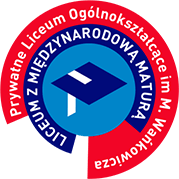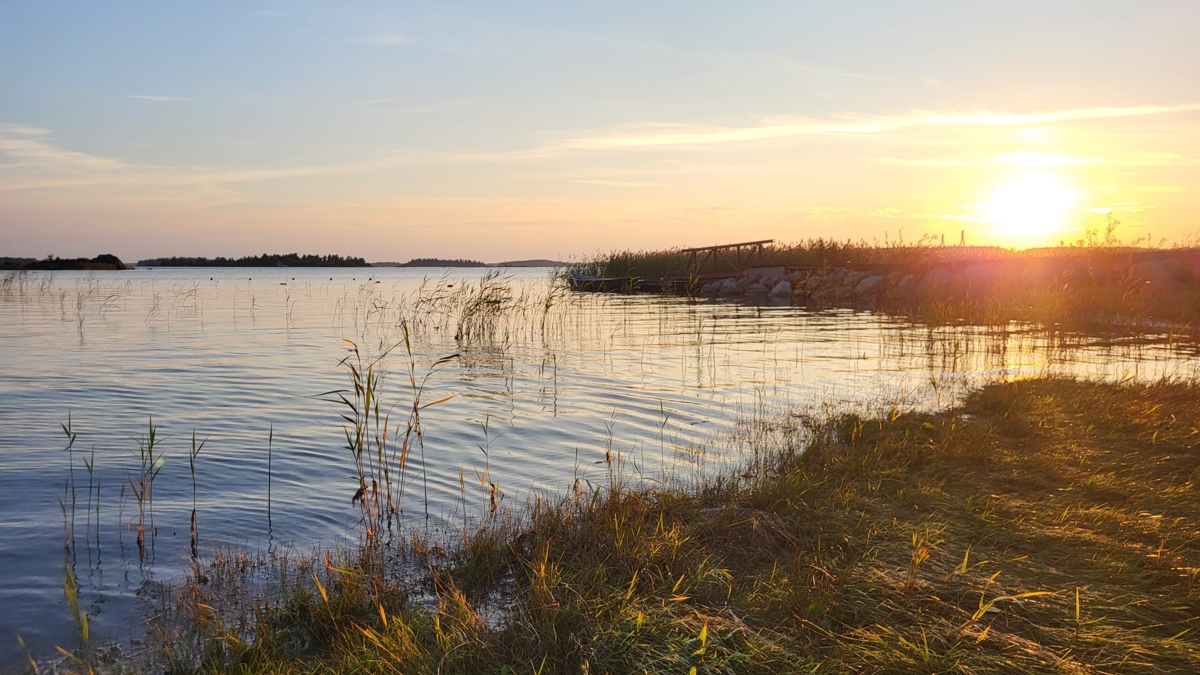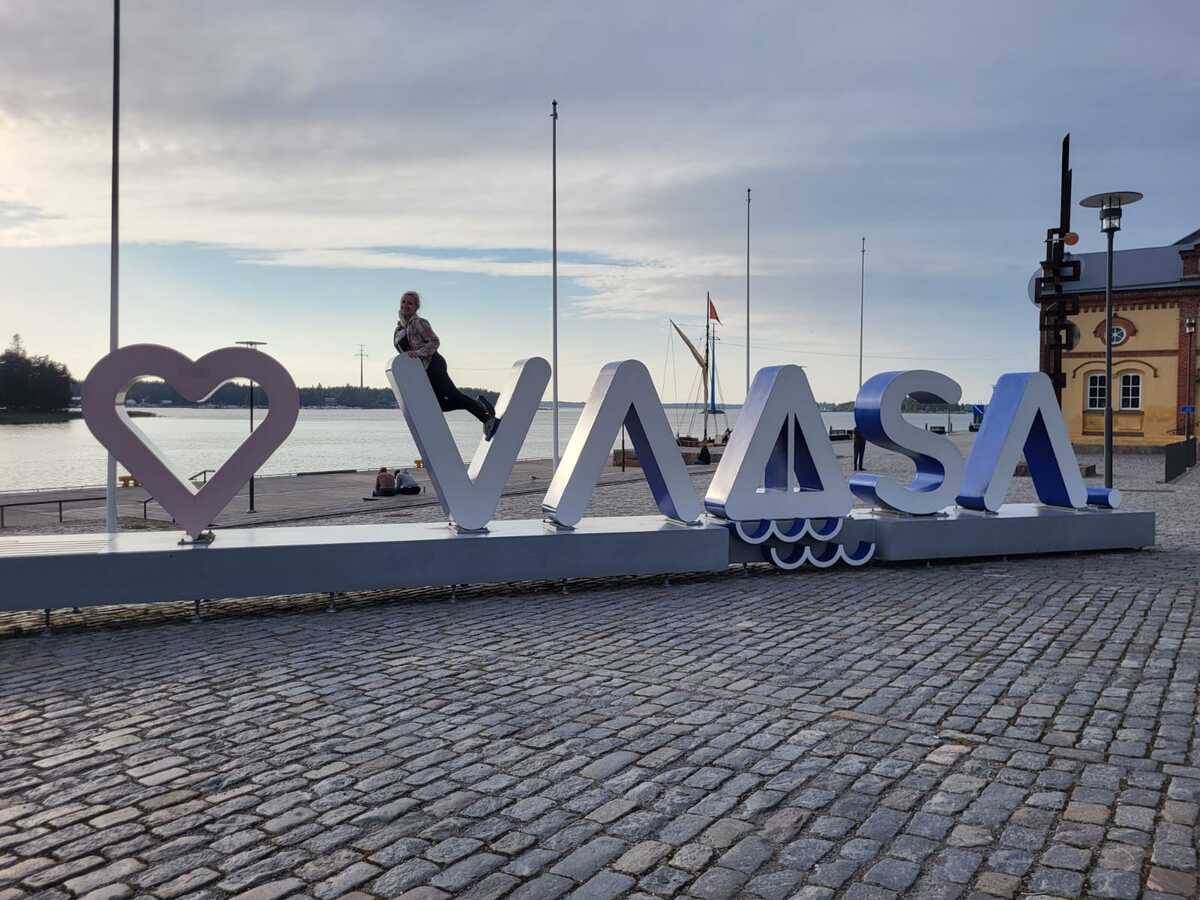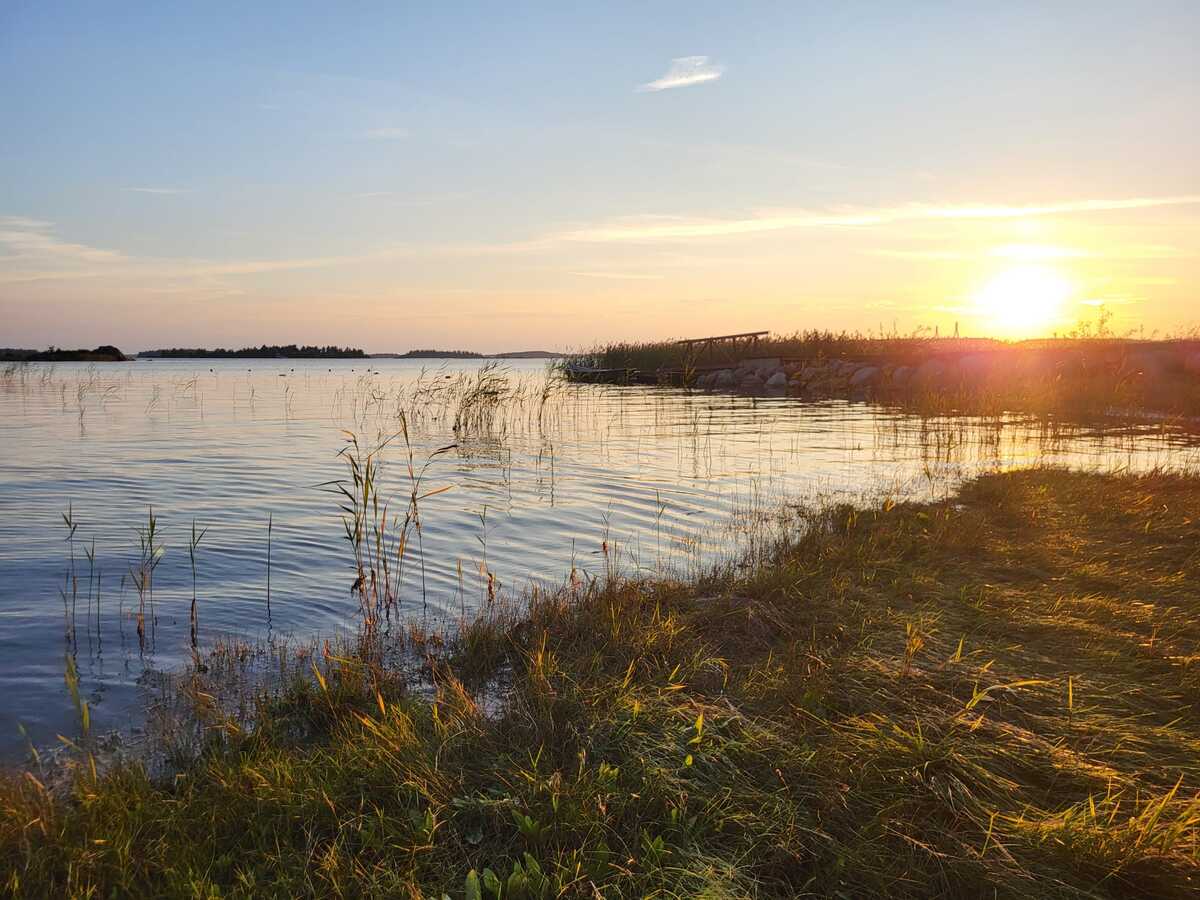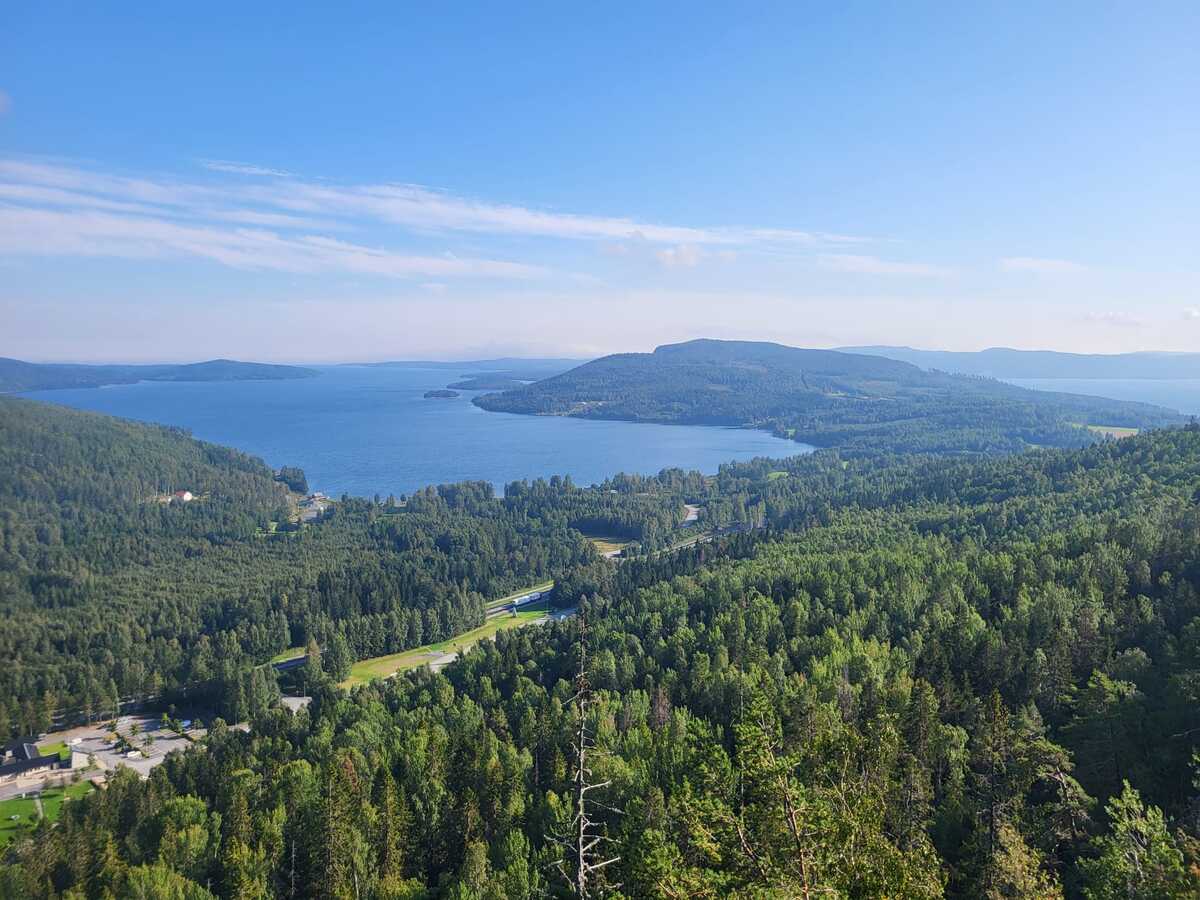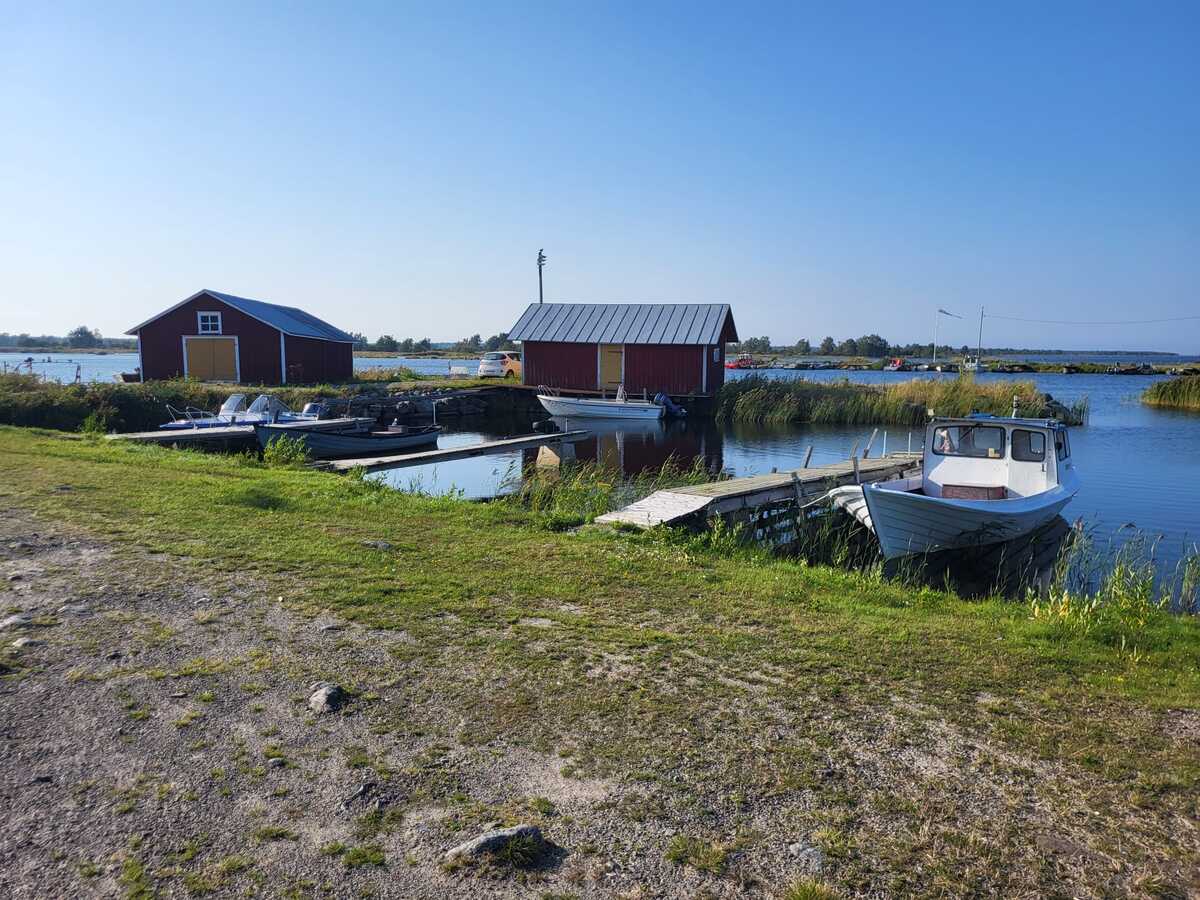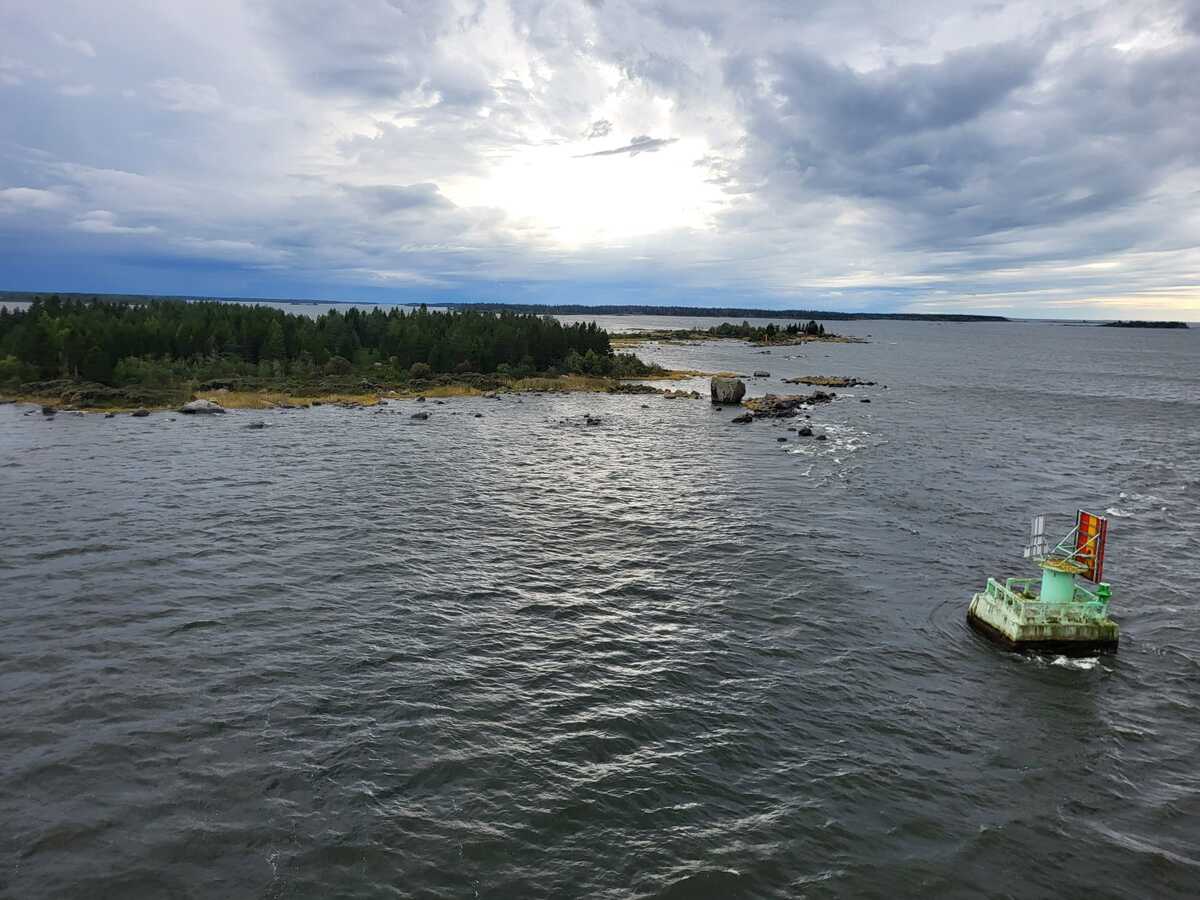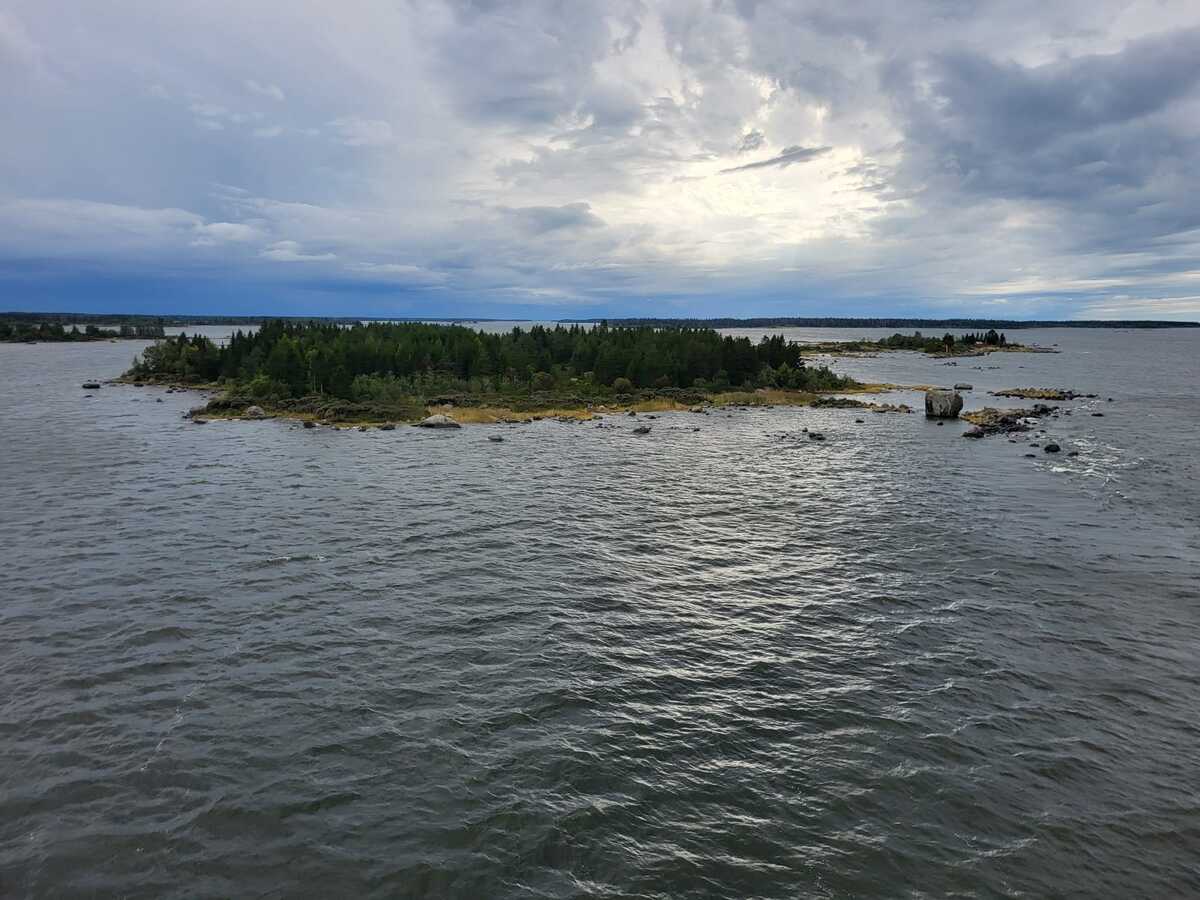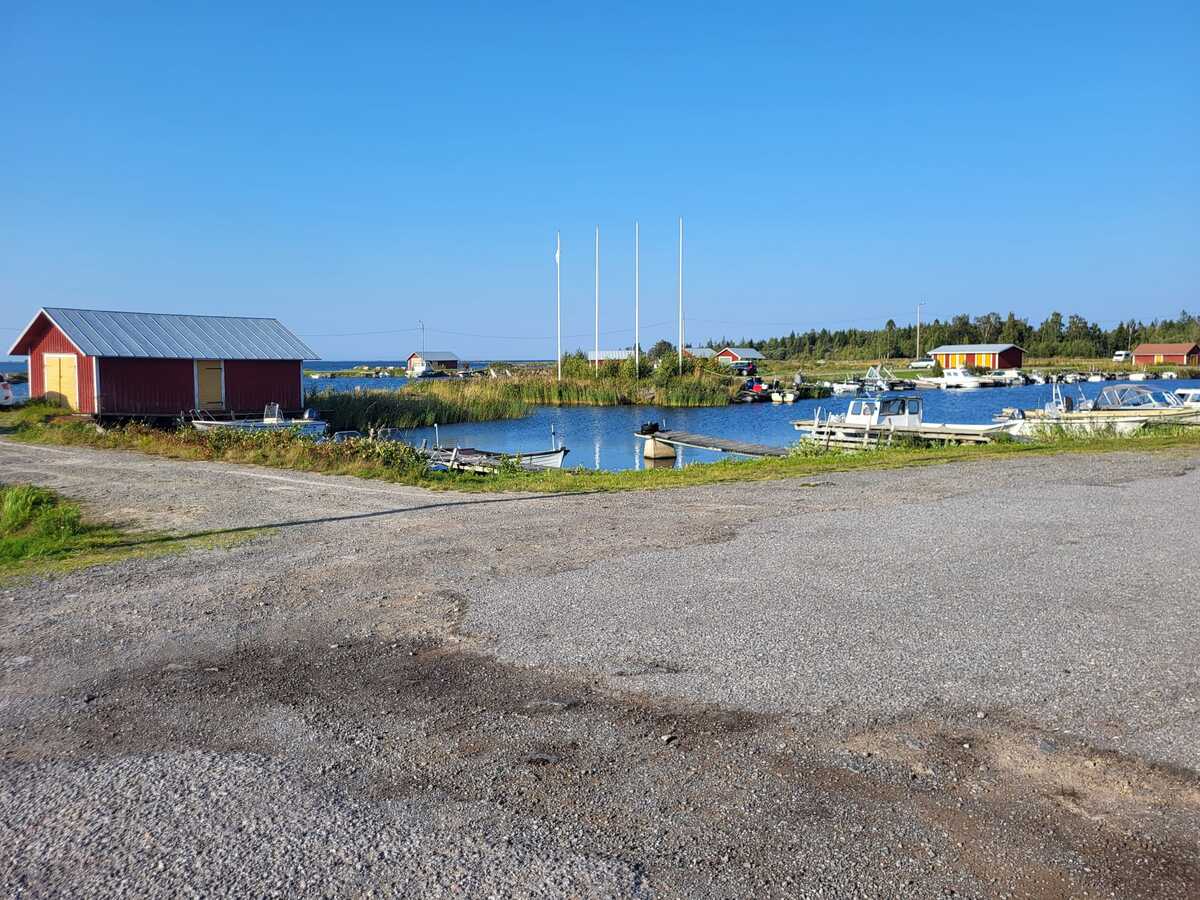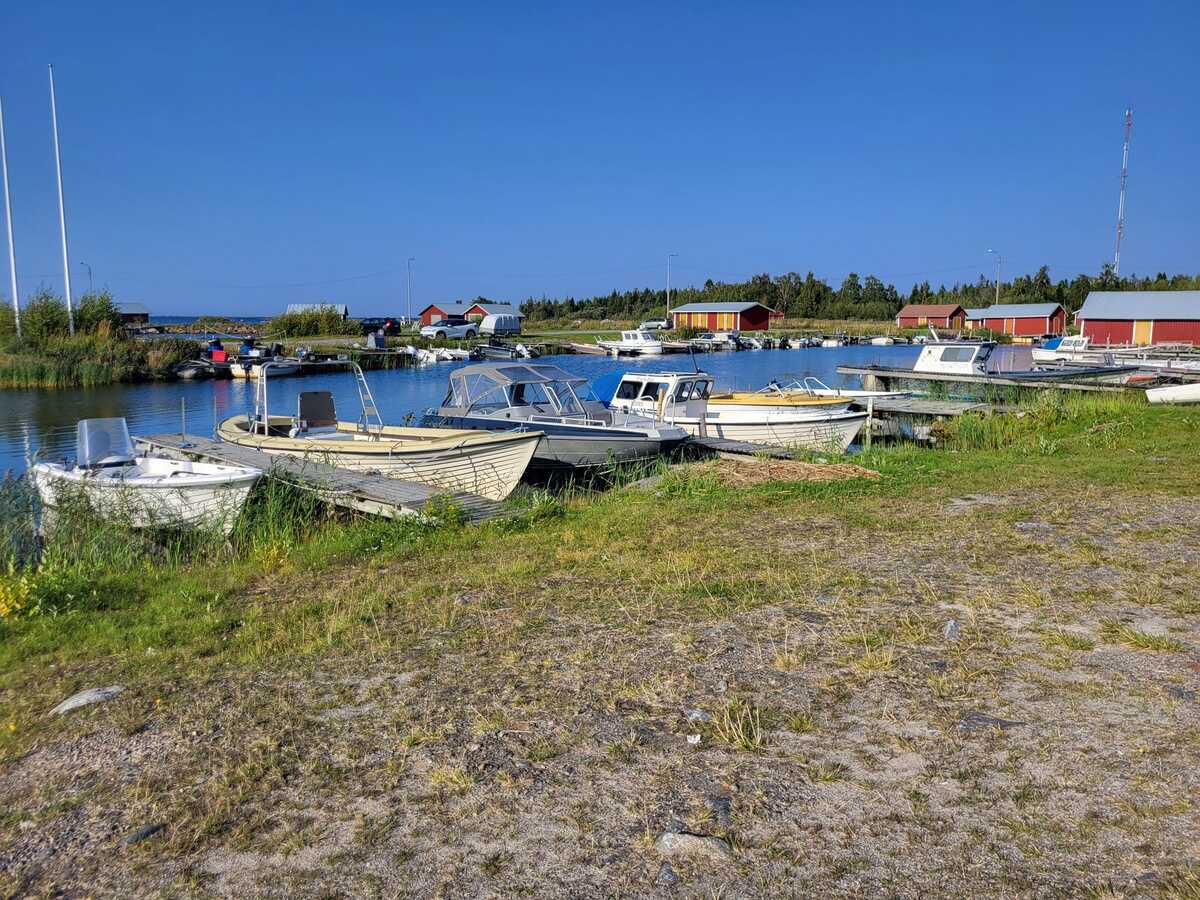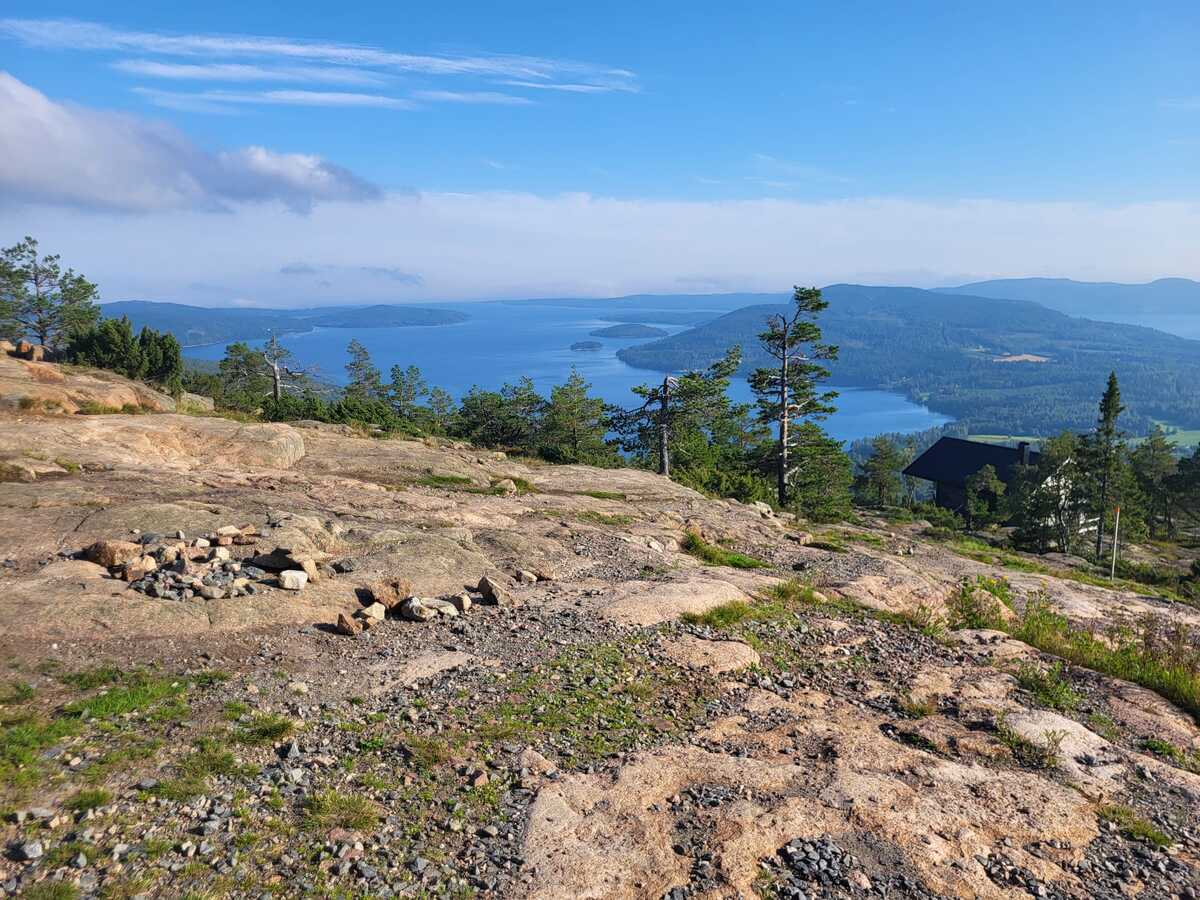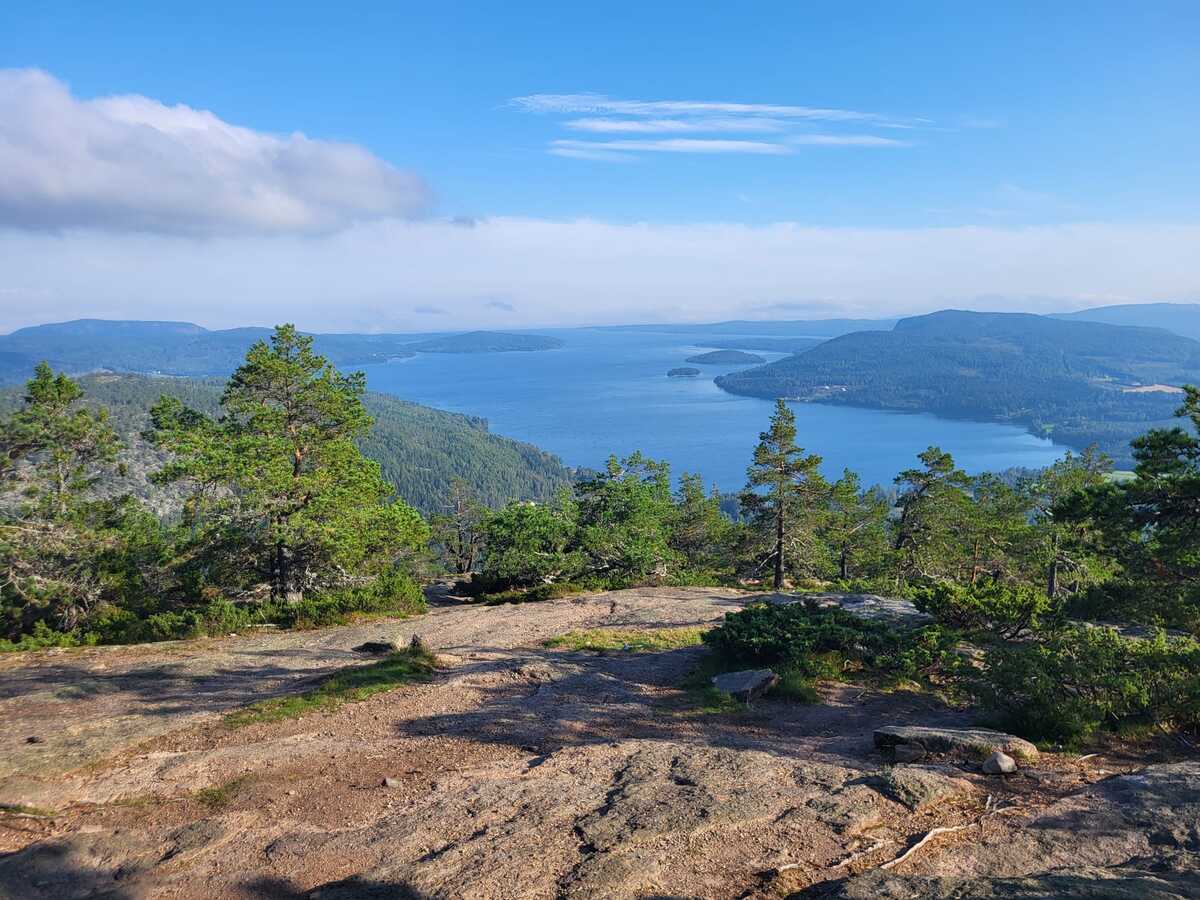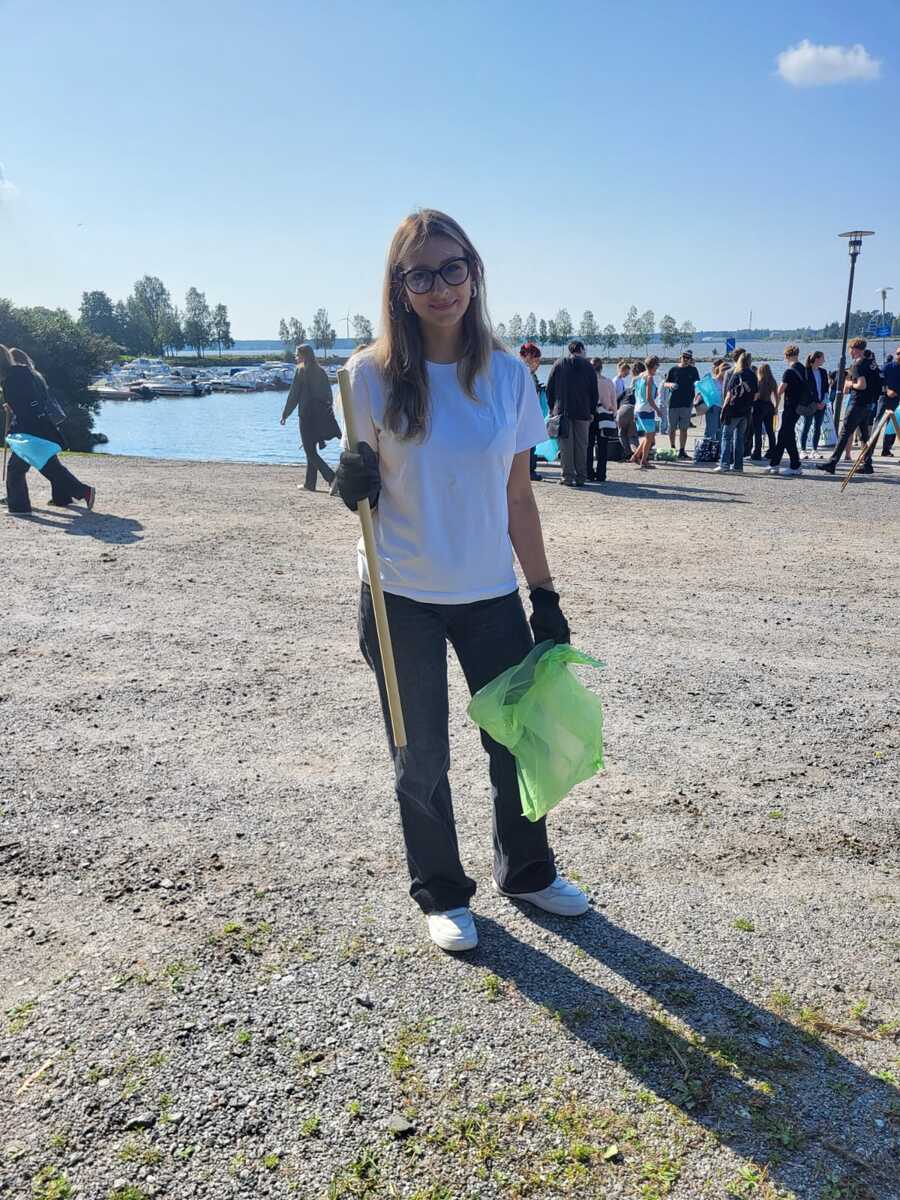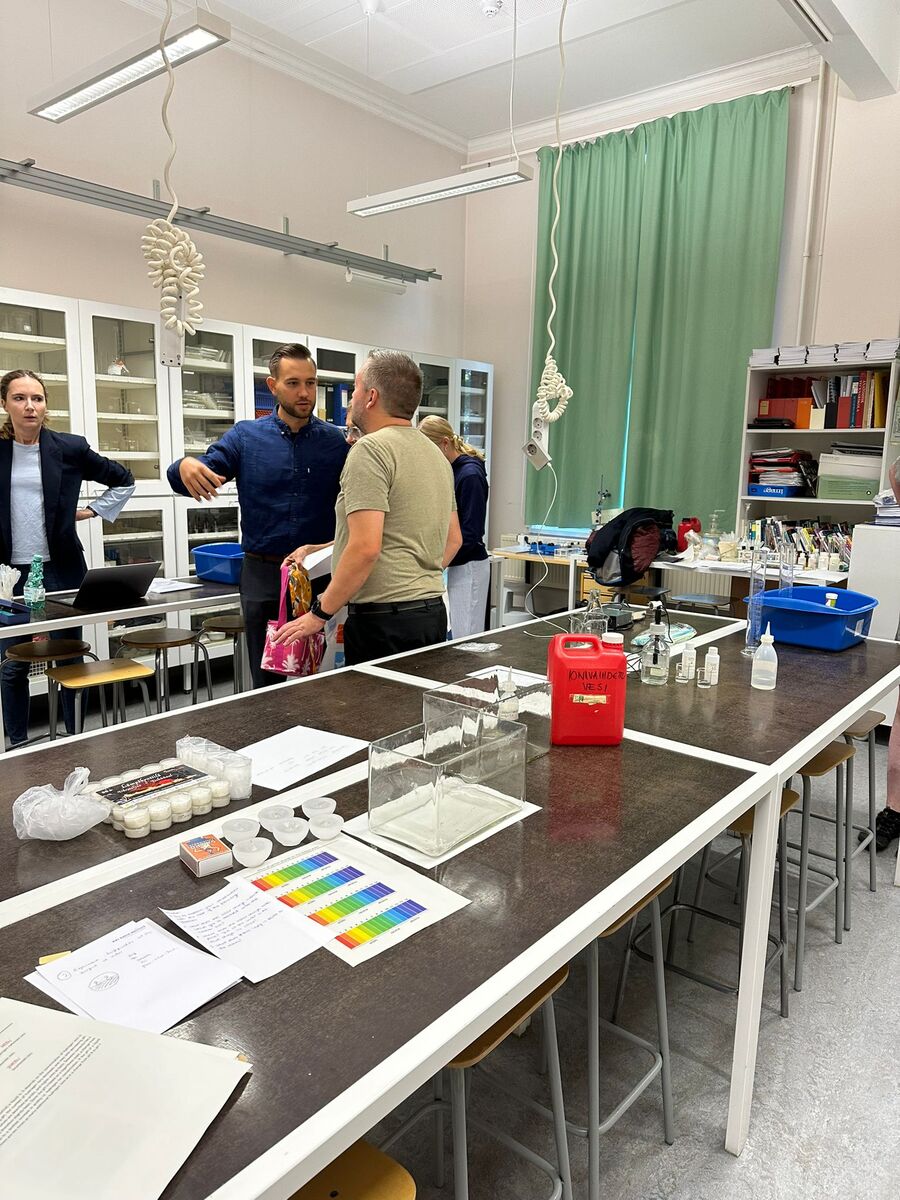Vaasa UNESCO BSP meeting in Vaasa, Finland
Holidays are the perfect time to gain new experiences and acquaintances. Our high school students, Iga Kulig and Maria Rostek, know this very well. Under the care of Anna Stebel and Joanna Stebel, they set off on a long journey to the Finnish town of Vaasa, and then to Örnsköldsvik in Sweden. The aim of our expedition was an international brainstorming session as part of the Baltic Sea Project, run under the auspices of UNESCO.
The Baltic Sea is a joint responsibility not only of the Baltic countries, but also of all those whose waters flow into our inland sea with a specific water retention. The current state of the Baltic Sea is alarming. It is considered one of the most polluted seas in the world! Years of aggressive fishing, transport carried out using ships powered by fossil fuels, and above all, waste disposal and discharge of sewage, as well as waste from agriculture... All these factors contributed to the current condition of the Baltic Sea.
But there is a lot to fight for. We saw with our own eyes the stunning beauty of the Kvarken archipelago and its fairy-tale moraine formations, mystically emerging from the sea. This is an area included on the UNESCO World Heritage List, administratively located within Finland, but considered an extension of the Western Bothnian Coast in Sweden. This is a place that is constantly changing. Every year, the coastline changes, resulting in the emergence of new islands. The fishing village of Svedjehamn made a huge impression on us.
We traveled from Vaasa to Sweden and then back on the modern Wasaline ferry, sailing under the Finnish flag. This is an extremely environmentally friendly ship, equipped with state-of-the-art hybrid engines, thanks to which the emission of particulate matter typical of diesel combustion engines has been reduced by 99%.
Scandinavia welcomed us with rainy weather and amazing views. Fortunately, the sun was shining while conquering the unique Skule Mountain, and we could enjoy the extraordinary view of mountains that emerged from the sea. Literally! We were walking on the old seabed.
The trip to Finland and Sweden helped us a lot to understand how much we can lose if we do not immediately start more decisive actions to save the Baltic Sea. Although we live in an area that has no access to the sea, our Silesian queen of rivers, the Oder, is in a dying state itself! And everything that poisons the Oder's nature flows further into the Baltic Sea...
BACK